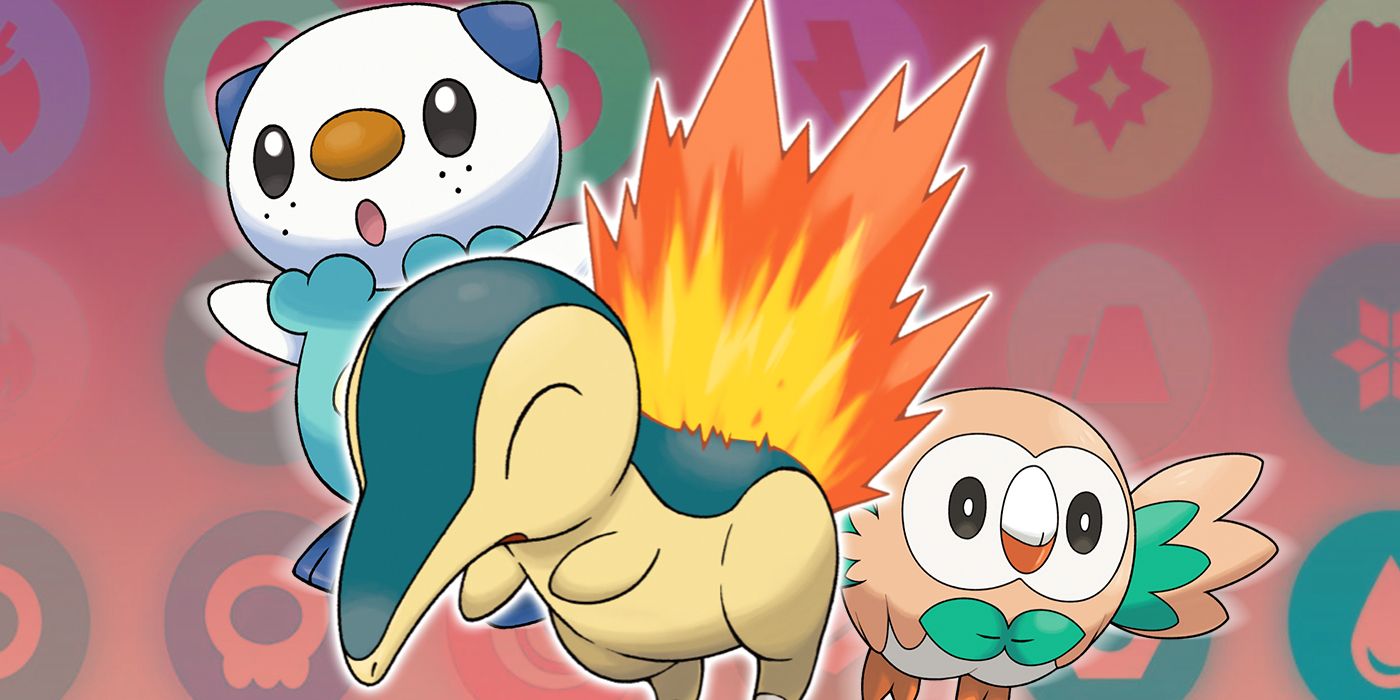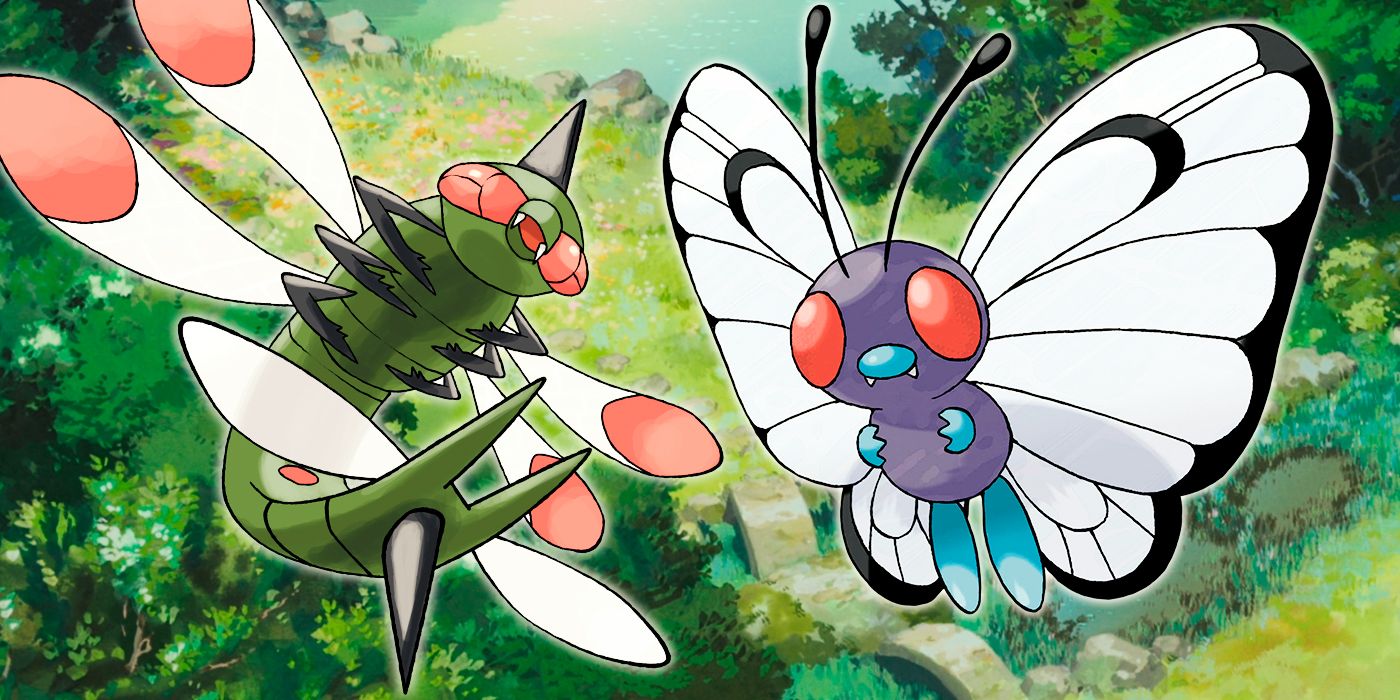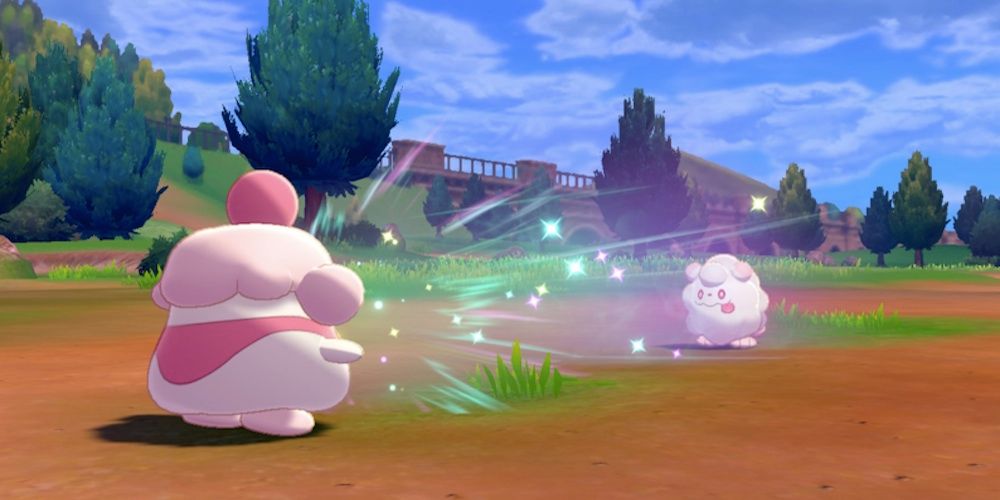Pokémon’s Type Chart Has a Problem – Here’s How to Fix It
Pokémon types are an integral part of the series, but unfortunately, they aren’t created equal. What could change to bring better balance?
You Are Reading :Pokémons Type Chart Has a Problem Heres How to Fix It
Category : Pokemon

Pokémon is the most successful media franchise of all time, largely thanks to its huge roster of lovable pocket monsters. Each one of these unique critters is assigned a type (or two) from a total of 18 that provide it with different strengths and weaknesses. These types are an integral part of the series. Not only do they influence the iconic creature designs, but they also have an impact on gameplay — a move that is “super-effective” will deal double damage, while a “not very effective” one will only deal half.
wThis simple mechanic has huge ramifications, particularly on the competitive scene, where the viability of a type is dependent on how many others it can beat. With this system, some imbalance in the type chart is inevitable. However, the power difference between some types is so great that it can be felt during even casual playthroughs. Types like Bug and Ice struggle to safely switch in and deal damage, while others like Fairy and Dragon enjoy much better matchups.
Why Pokémon’s Type Chart Needs Work

Not every type is created equal, and to some extent, this is intentional. It’s understandable why the developers wouldn’t try to make Bug-types remotely as powerful as Dragon-types, and that’s reflected in the type chart. Defensively, the Bug-type has three weaknesses and three resistances, while on the offensive side, it hits three types for super-effective damage but is resisted by seven. Contrast that with Dragon, which has three weaknesses and four resistances, but only one type can resist Dragon moves and another is immune to them.
That might not sound like a huge difference on paper, but in practice, the disparity is enormous. Being resisted by seven types means that Bug is countered by nearly half of the roster. Its weaknesses are also very common, making it perhaps the worst type in the game. Dragon, on the other hand, can switch into battle with more confidence thanks to its impressive defensive spread. Its attacks are also much more potent since few Pokémon can reduce the incoming damage.
This discrepancy is even more pronounced when considering the Pokémon that are assigned these types. Bug-types are usually found early on in the game and, therefore, have lower stats. Meanwhile, Dragon-types are typically rarer and more powerful. This trend is well-established and doesn’t need to change — what should change is how Bug-type is balanced on the type chart, giving Bug Pokémon a fighting chance, especially in the rare instances when they have the stats to back it up.
The Bug-type isn’t the only one struggling. Ice-types, while good offensively, have such brittle defenses that trainers are better off teaching an Ice move to a more well-rounded Water-type. Poison-types are similar to Bugs in that they are weak on the attack and barely have enough resistances to make them worth using. Compared with Dragon, Fairy or Water-types, they leave a lot to be desired.
How Pokémon’s Type Chart Could Be Fixed

Pokémon seemed to recognize the blatant inequalities of its type chart, introducing the Dark and Steel types in Generation II and the Fairy-type in Generation VI to try and balance things out. Unfortunately, the latest addition created as many problems as it solved. While it was added to counter the then-overpowered Dragon-type, Fairy is immune to Dragon and only weak to Poison and Steel. Neither of those are known for being good offensive types, so rather than balance the type chart, Fairy effectively supplanted Dragon as the most powerful option.
A good place to start rebalancing the type chart without abandoning the logic that helps determine that, for example, Fire is weak to Water would be to bring the strongest and the weakest types more in line with one simple change. Instead of Fairy resisting Bug, Bug should resist Fairy and deal super-effective damage to it. This would propel Bug-types into viability, and it isn’t too far of a leap to imagine a giant insect beating a dainty fairy.
Another of the problem types, Ice suffers from weak defenses. This could be rectified by adding resistances to Water and Flying-type moves. To go even further, Ice could receive some buffs outside of the type chart by restricting the availability of Ice moves on Water-types or by giving Ice-types a defense boost while Hail is in effect similar to the buffs other types receive from their respective weather conditions.
Despite being super-effective against Fairy, Poison is still lacking offensive punch. A good way to fix this would be to knock Water-types down a peg by making Poison deal super-effective damage to them. This would help balance both types, and it makes thematic sense because water pollution is a problem in the real world.
While none of these changes would make Pokémon’s type chart perfect, they would go a long way in creating greater parity between the types. After all, in a series about catching and battling monsters, players shouldn’t have to make serious compromises when it comes to using their favorites.
See more : PokemonWe
